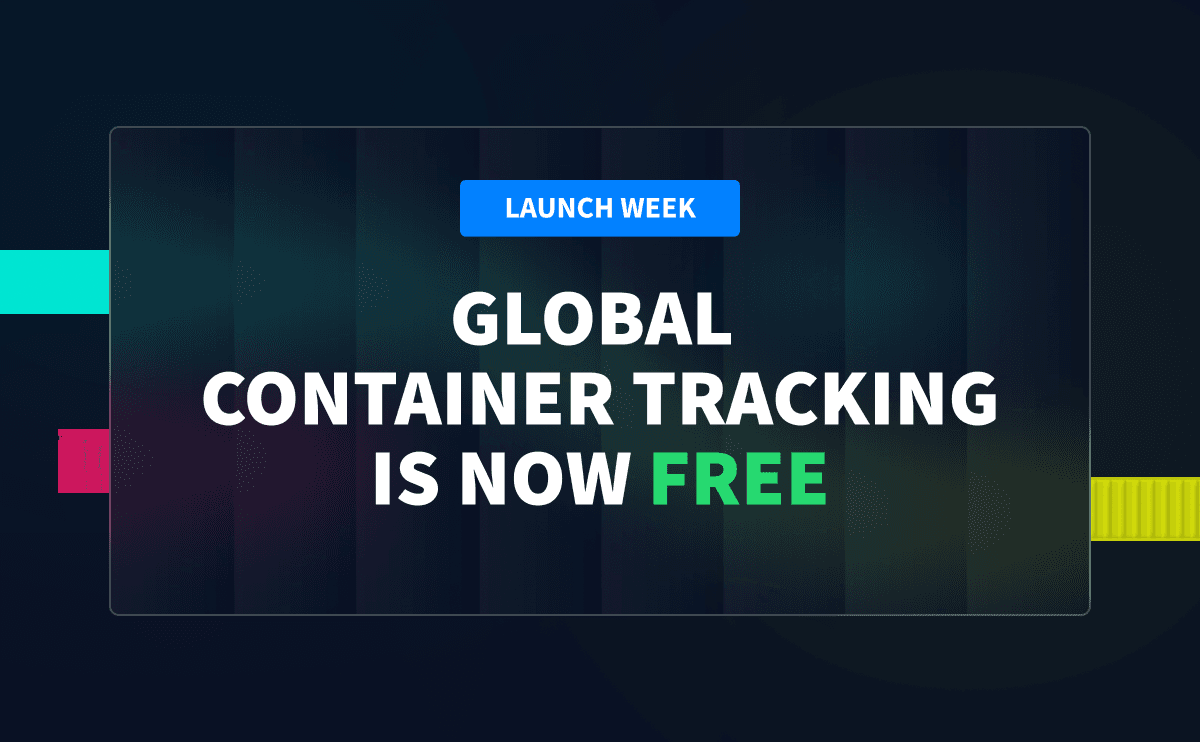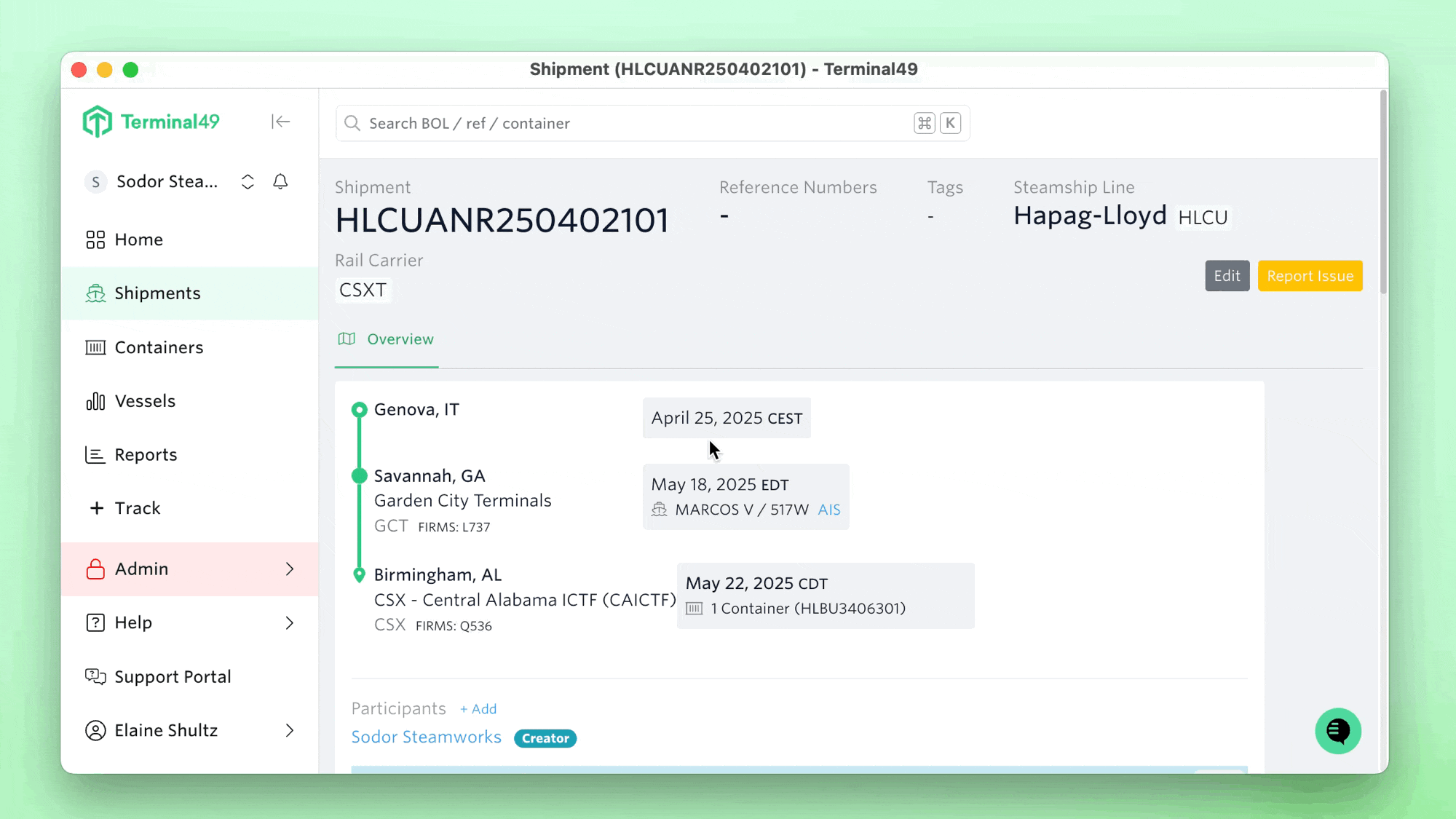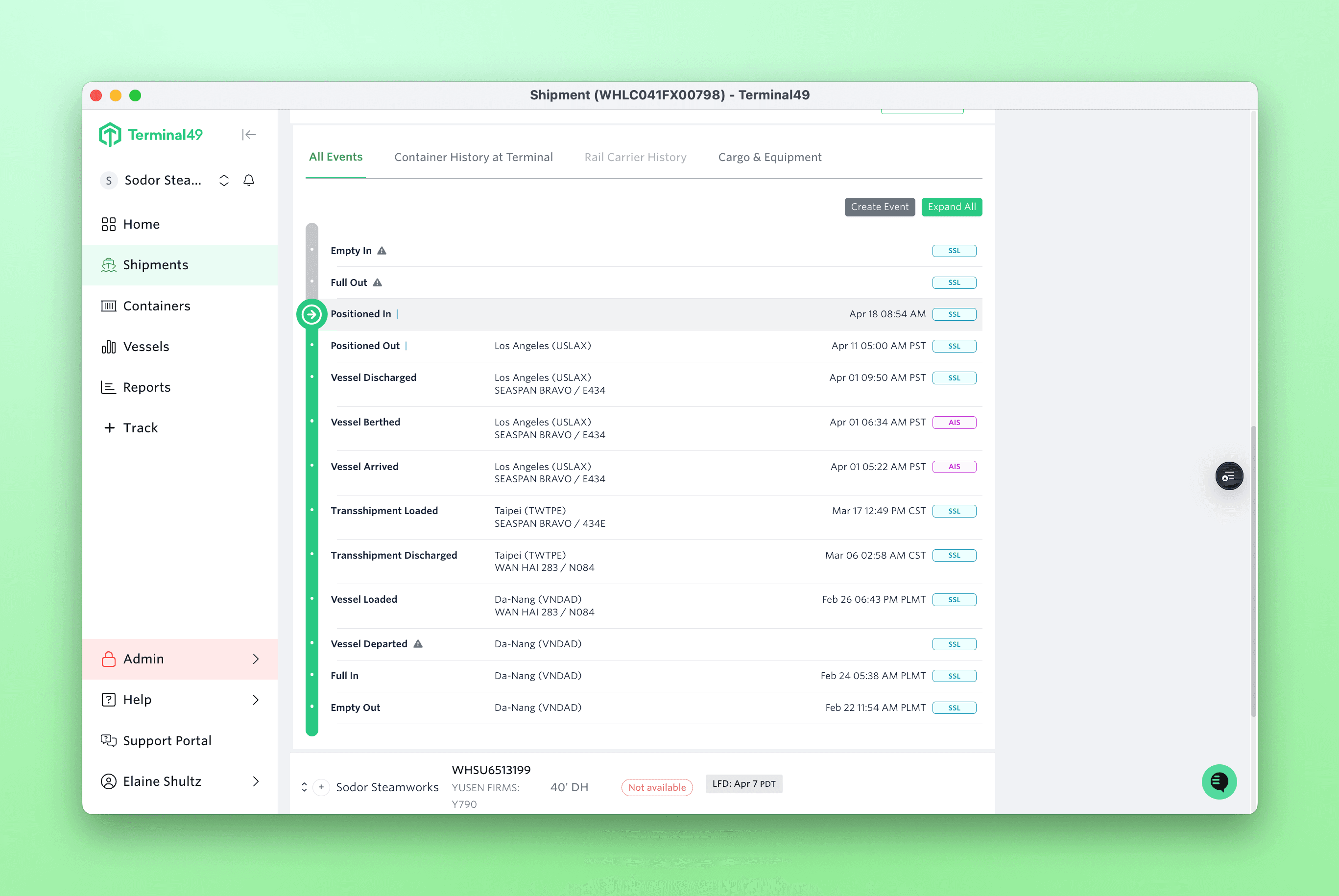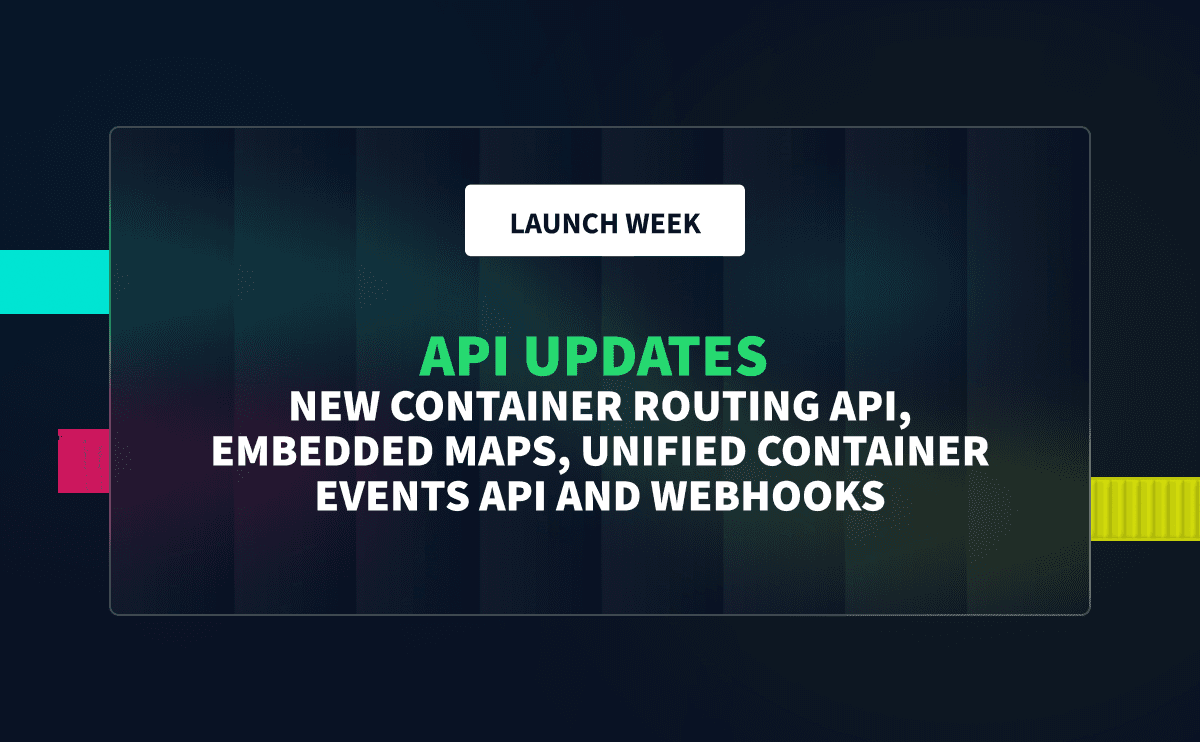Container tracking data is the backbone of global logistics, yet it’s notoriously messy. It’s incomplete, late, inconsistent, and sometimes outright wrong. At Terminal49, data quality isn’t just a buzzword—it’s a core principle of everything we do. We’re on a mission to clean up this chaos and educate logistics stakeholders about the challenges and solutions to improving container tracking processes.
In a recent discussion with Terminal49’s CEO, Akshay Dodeja, we discussed why container data is so problematic and how we’re working to fix it.
Why Container Data Is So Unreliable
Logistics professionals rely on data to make critical decisions, yet the container tracking ecosystem is riddled with issues. Matt Turner explained why the root causes are so hard to untangle:
1. Ocean Carriers Aren’t the Whole Story
Many people think container tracking begins and ends with ocean carriers, but that’s only part of the picture. The primary container data source is shipping lines, which are often just intermediaries. They’re getting data from terminals, rail carriers, and truckers.
The problem is carriers aren’t incentivized to provide all the details. If carriers proactively told you your container might incur demurrage fees, they’d be losing revenue. The incentives just aren’t aligned.
2. Terminals Speak Different Languages
Each terminal has its own system for tracking and reporting container movements, and there’s no industry-wide standardization. One terminal might tell you a container is available explicitly, while another only implies it by showing the absence of holds. It’s chaos to interpret.
3. Conflicting Data from Multiple Sources
With data coming from carriers, terminals, and vessel tracking systems, inconsistencies are common. You might check the terminal and see one arrival time, but the carrier reports something completely different.
Who do you trust?
How Terminal49 Ensures Container Data Quality
At Terminal49, we’ve built our platform around the principle of data accuracy and completeness. We know that your operations—and bottom line—depend on it.
Here’s how we tackle the mess:
- Aggregating Multiple Data Sources: We pull from carriers, terminals, AIS vessel tracking, and even truckers. By cross-referencing these sources, we can confirm milestones with greater reliability. It’s not perfect, but it’s a huge step forward.
- Flagging and Resolving Conflicts: When data sources don’t agree, our system flags the discrepancy for review. If a carrier says a container departed, but the terminal doesn’t show it being discharged, that’s a red flag. So, we dig into these conflicts to provide clarity.
- Prioritizing Real-Time Data Where It Matters: Not every milestone needs to be updated in real-time. When a container is on the water, hourly updates are fine. But we focus on sub-hour updates when it’s at the terminal and at risk of incurring fees. It’s about balancing cost and urgency.
Why the Industry Needs Higher Standards
The logistics industry has been stuck with low-quality data for too long, and it’s costing shippers and operators billions in inefficiencies and fees. Akshay, in true Akshay style, didn’t shy away from pointing out why this happens.
“Carriers and terminals don’t have much incentive to make their data better,” he said. “It’s not their problem if you’re scrambling to find out whether a container is ready or dealing with a surprise fee.”
And even when data exists, it’s often delayed. A lot of container milestones come through EDI (Electronic Data Interchange), which is a slow, batch-based system. That means you’re often getting yesterday’s updates today.
This lack of urgency from the industry is why Terminal49 has taken a different approach. We’re not here to build flashy dashboards. We’re here to solve the hard problems—standardizing data, improving accuracy, and making it actionable for operators.
What Logistics Operators Can Do to Take Control of Container Tracking
If you’re tired of incomplete and unreliable container data, here’s how you can start making a difference in your operations:
- Ask Tough Questions: When evaluating tracking solutions, don’t settle for vague claims. Ask about their data sources, update frequency, and how they handle discrepancies.
- Verify Critical Milestones: Use multiple data sources to cross-check key events, especially container availability and vessel arrivals.
- Invest in the Right Tools: Choose platforms that prioritize data quality and offer transparency about what they can—and can’t—do.
A Smarter Future for Container Tracking
While perfect data may never exist, the industry doesn’t have to settle for the current state of chaos. By combining smarter technology with a commitment to transparency, we can create a logistics ecosystem where shippers and operators have the information they need to succeed.
We’ve learned that solving these problems isn’t just about technology. It’s about shifting the industry mindset. Everyone needs to demand better data.
If you’re ready to leave the guesswork behind, Terminal49 is here to help. Request a demo or sign up today to see how our platform can transform your operations.





